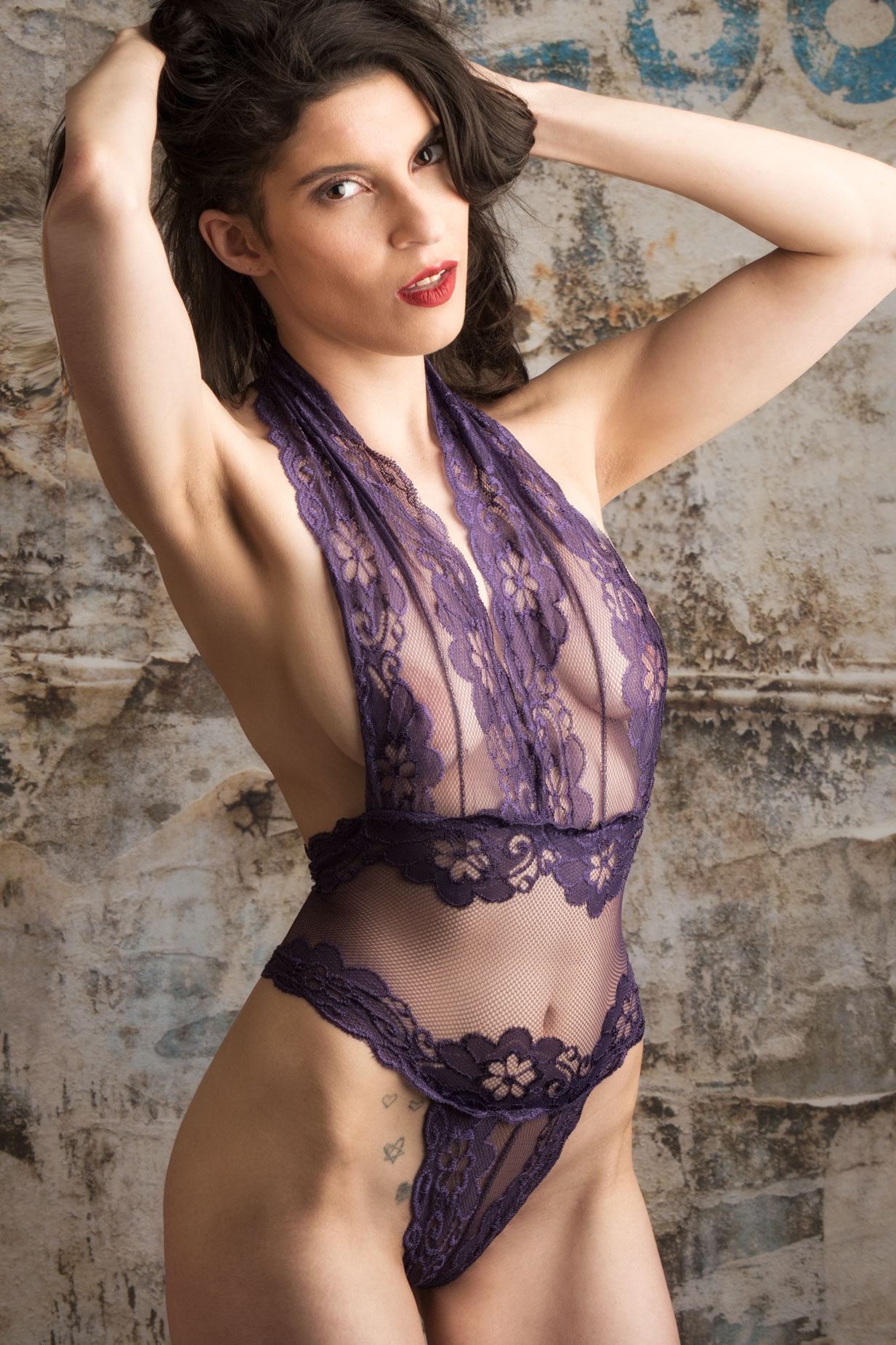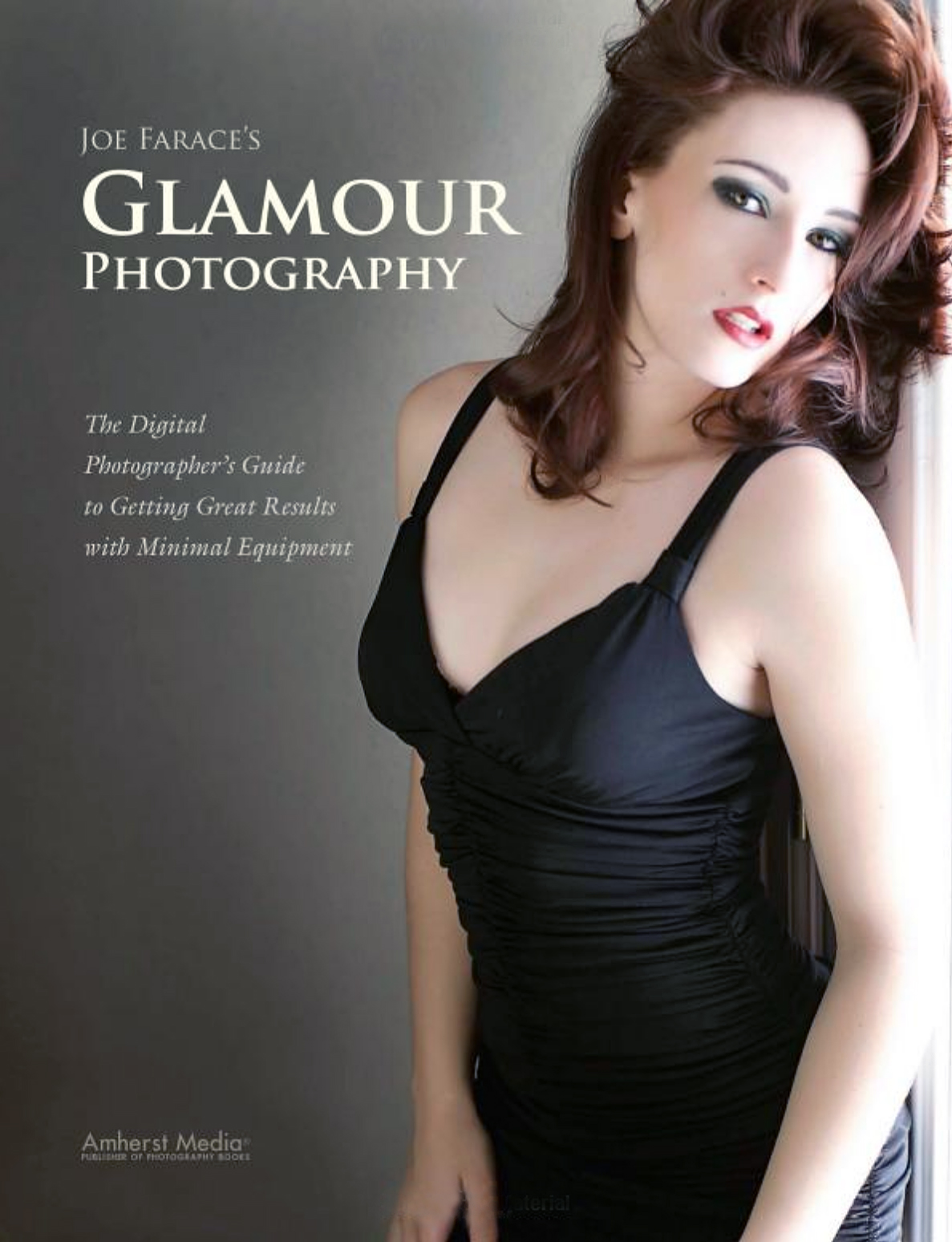Today’s Post by Joe Farace
I’m often asked about the amount and kind of images that I deliver to models after a shoot. Answers to those kinds of questions are the reason I started my “Behind-the-Scenes at a Model Shoot” series by featuring all of the kinds of details, other than photography, that go into my model shoots. (Yours, of course, might be different.) Right now I’m up to part 6 in this series with more to come. If you type “Behind the Scenes” in the search function, it’s the magnifying glass icon, it will display all of the other posts in the series.
 In my book Joe Farace’s Glamour Photography, I wrote about the TFP (Time for Photos) concept, nowadays it’s shortened to just TF. A TF shoot recognizes that both model and photographer’s time is valuable. The model receives a CD or flash drive containing image files from the shoot and the photographer gets to work with the model. The Time for Prints concept may have started with trading for prints but nowadays it includes digital delivery in the form of the model’s choice of a CD or flash drive. But the content of this media varies based on what kind of agreement you make with the subject.
In my book Joe Farace’s Glamour Photography, I wrote about the TFP (Time for Photos) concept, nowadays it’s shortened to just TF. A TF shoot recognizes that both model and photographer’s time is valuable. The model receives a CD or flash drive containing image files from the shoot and the photographer gets to work with the model. The Time for Prints concept may have started with trading for prints but nowadays it includes digital delivery in the form of the model’s choice of a CD or flash drive. But the content of this media varies based on what kind of agreement you make with the subject.
Since the pandemic, models who are available for TF shoots are not as plentiful as they were in the past, as they became mode focused on the amount of money they can make and less on the quality of the images that the shoots produce. I can’t blame them and this, as they say, is the “way of the world” these days and maybe that will change in the future.
For TF shoots, some photographers will only provide the model with low-resolution images and I often see tiny images displayed on model’s on-line portfolios. My feeling is that she provided you with high resolution poses, so you owe her high resolution images. One model told me she only got one photo from a TF shoot that she did. It was “a great shot,” she said but nevertheless she felt cheated.
Some photographers only include a few retouched photos of the photos they like. With me the model receives every JPEG image file that I make and she received them immediately after the shoot. During these sessions, I shoot RAW+JPEG and copy all the JPEGs onto a folder that I transfer to her chosen media—flash drive seems most popular these days. If the person I’ve photographed asks, I’ll retouch selected images from the RAW files using techniques covered in an entire chapter in my book. You can also find lots of retouching tips on this blog for free by using the Search box (magnifying glass icon.)
How I made this portrait: I photographed Erin Valakari with a Panasonic Lumix GH4 and Lumix G Vario 14-45mm f/3.5-5.6 lens (at 45mm.) Lighting was provided by a Paul C Buff DigiBee DB800 with Plume Ltd Wafer softbox with an Alien Bee B800 used for fill. Backdrop is a Lastolite Distressed Paper collapsible background leaned against another background that was hanging from my JTL background stands. Exposure was 1/160 sec at f/6.3 and ISO 200. The featured image is a composite of two RAW files with the final image created using the Cut & Paste Portrait technique I explain here. A black and white version of the featured photograph is an Instagram exclusive and was created to deal with concerns their censors might have.
While some photographers and models like to make the TF process complicated, I think it all boils down to a simple trade of services: A typical TF shoot provides both subject and photographer with photos they can use in their portfolios but like any contract you and she can negotiate about what specifically you both want.
 If you enjoyed today’s blog post and would like to buy Joe a cup of Earl Grey tea ($3.50), click here. And if you do, thank you very much.
If you enjoyed today’s blog post and would like to buy Joe a cup of Earl Grey tea ($3.50), click here. And if you do, thank you very much.
My book Joe Farace’s Glamour Photography is full of tips, tools and techniques for glamour and boudoir photography with new copies available from Amazon for $34, as I write this. Used copies are starting at the hard-to-beat price price around nine bucks and the Kindle version is $19.99 for those who prefer a digital format.